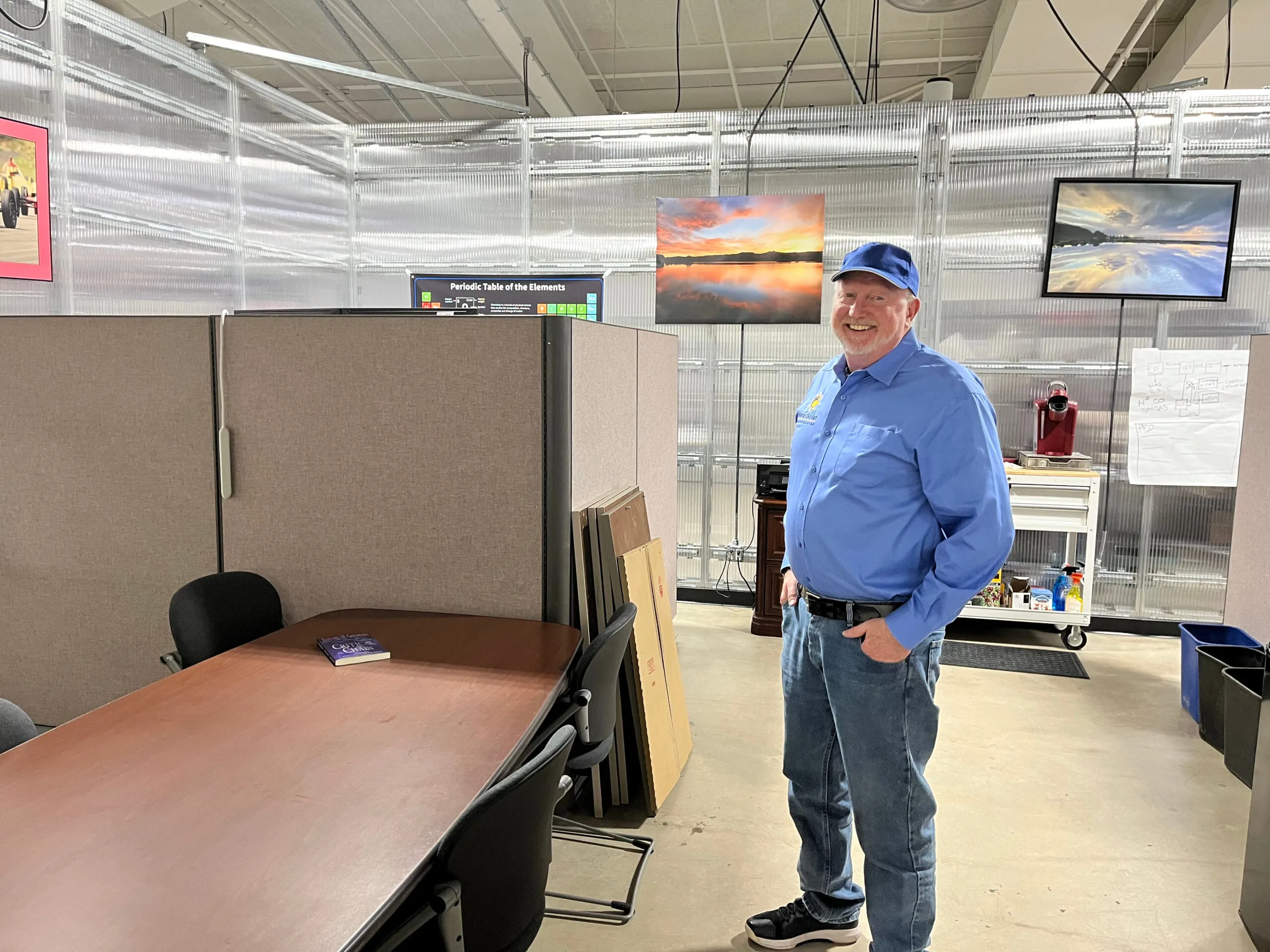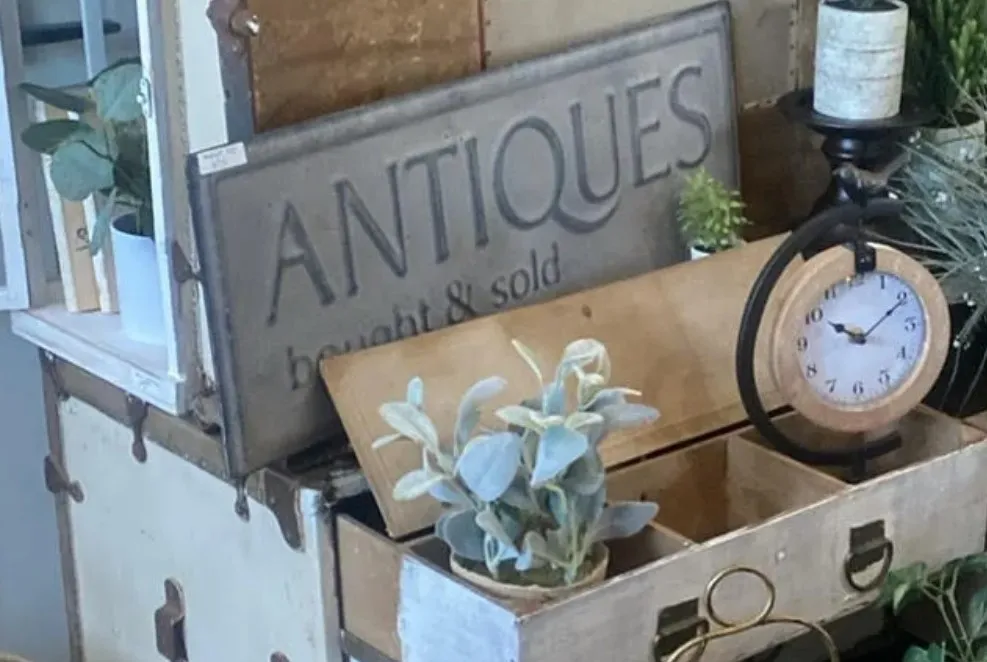Startup plans to produce products from waste plastic

Imagine the business that requires only low-cost or $0 inputs and generates tons of marketable materials in high demand worldwide. That’s the next business that Loveland resident Ed VanDyne is building.
THIS ARTICLE IS FOR SUBSCRIBERS ONLY
Continue reading for less than $3 per week!
Get a month of award-winning local business news, trends and insights
Access award-winning content today!
Already have a paid subscription?





